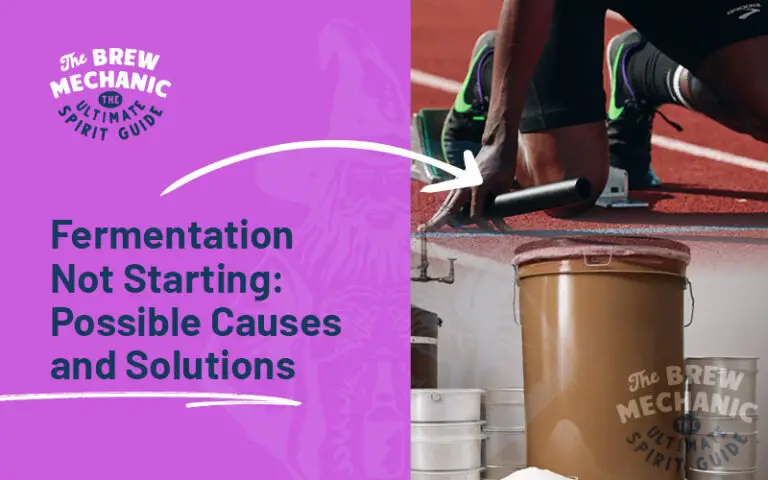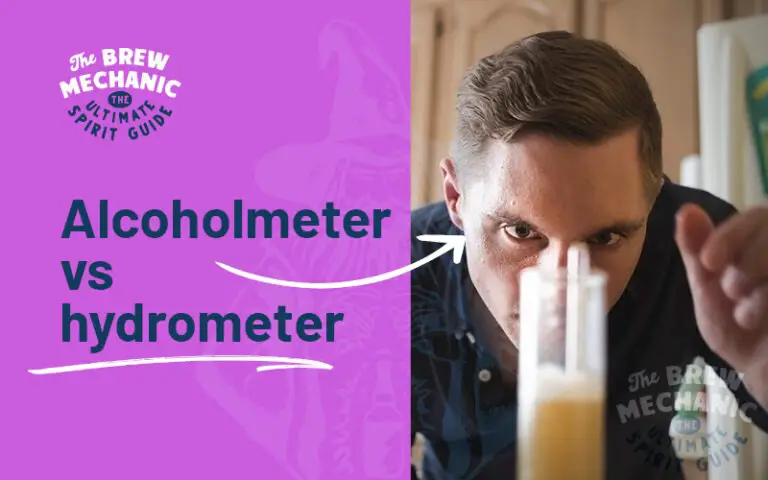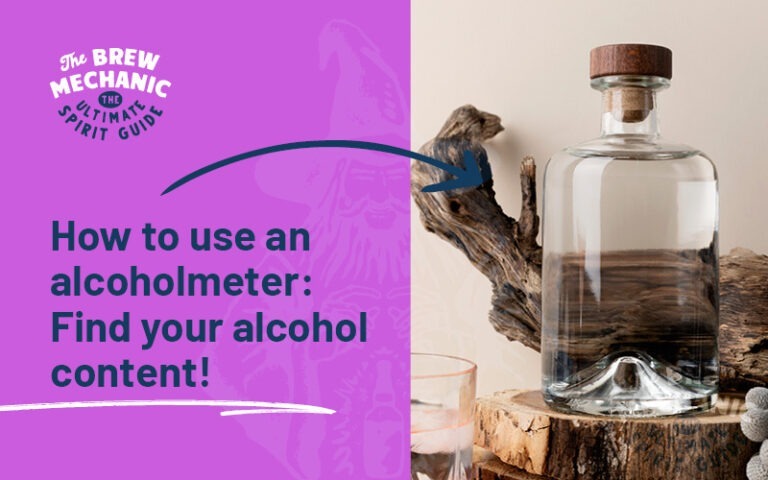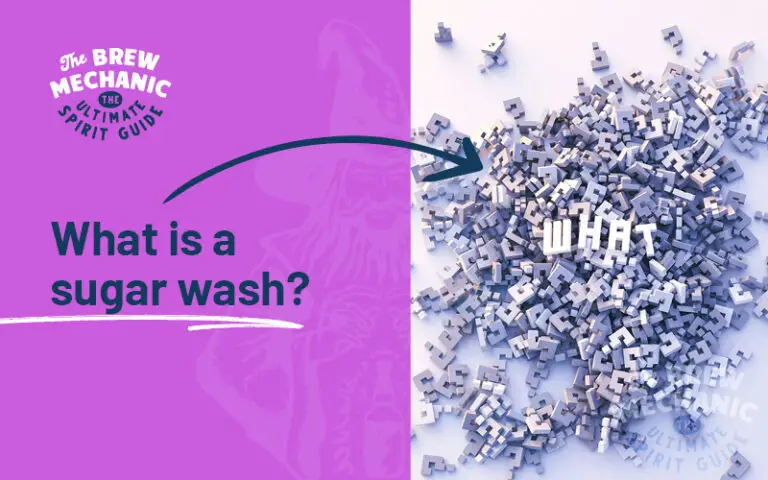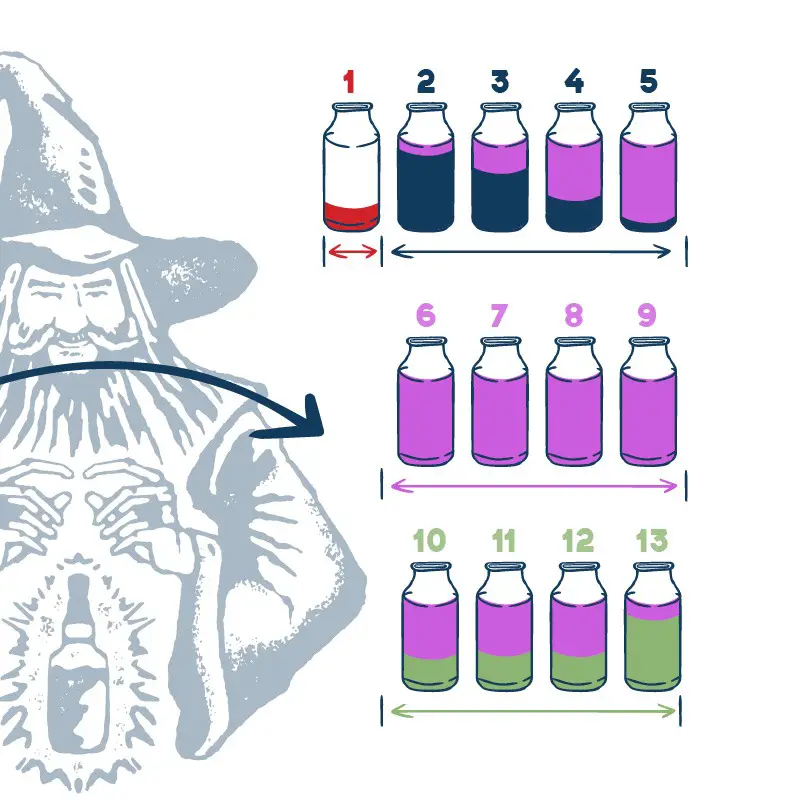Understanding pH Control in Fermentation process
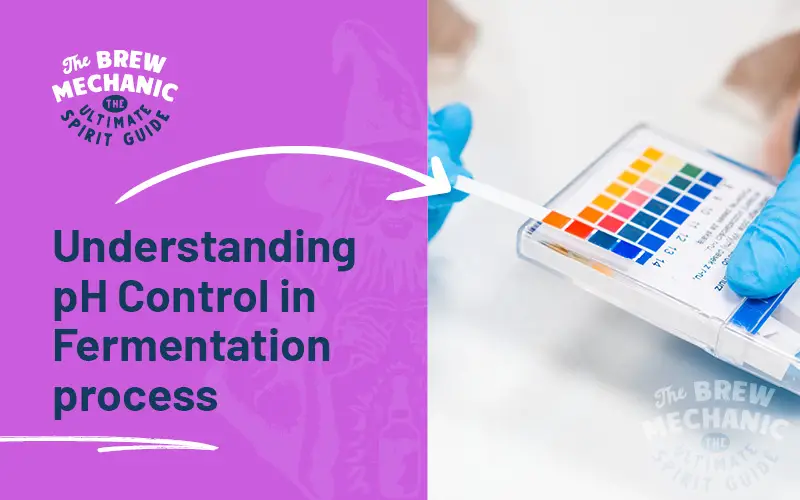
Disclaimer: This post might include affiliate links, through which I may earn a small commission without any extra cost to you. Additionally, I am an Amazon Associate and earn from eligible purchases. All the products and services I suggest are ones I have personally used or would use. Thank you very much for your support if you decide to buy through any of my links!
Come join the Distilling Squad!
Get the best fundamental tips & tricks here. Woohoo!
When it comes to home distilling or brewing, most people focus on sugar, yeast, and temperature, but one often-overlooked factor is pH control in fermentation process. It may sound a bit technical at first, but don’t worry, we will explain from pH value to pH range.
So, what’s the Deal with pH Control in fermentation?
Simply put, pH measures how acidic or alkaline something is. Yeast, the main factor in fermentation, thrives best in a slightly acidic environment. For spirit fermentation, the sweet spot is between pH 4.5 – 5.4 acid range. Within this range, yeast stays active, healthy, and productive.
But here’s where it gets tricky – sugar wash fermentation has a habit of throwing a curveball early on…
The Infamous pH Crash
Within the first 24 hours of fermentation, it’s super common for the pH level to drop quickly. This phenomenon is often called a “pH crash.” The result? You might notice a sharp, acidic smell when you crack open the fermenter, and if you test the pH, it’s often dipped below 4.
While it might not seem like a huge issue, it actually is. When the pH gets too low, yeast can slow down or even stop working altogether. In worst cases, it could die off, leaving you with a stalled or ruined batch. That’s why pH control in fermentation is something every distiller or brewer should keep an eye on and control the pH conditions.
How to Raise the pH (When It’s Too Low)
If you do find your pH has dropped below that happy range (4.5 – 5.4), don’t panic – just act fast. One easy and effective solution is to add calcium carbonate. It helps bring the pH back into the optimal zone. The key here is speed. The quicker you correct the pH, the better chance your yeast has of bouncing back.
Also, thanks to the CO₂ being produced during fermentation, there’s a bit of a protective barrier over your wash. That gives you a little breathing room, but don’t sit on it too long—oxygen can still sneak in and spoil the fun if you delay.
What If the pH Is Too High?
While less common, you might also need to bring the pH down. If you’re testing and find it’s sitting too far above the ideal range, calcium chloride is your friend. It’s easy to use and helps nudge the pH down to where it needs to be for the optimal pH range.
Keeping an Eye on Things to control of pH
Monitoring and adjusting pH levels doesn’t need to be complicated. A basic pH meter or test strips will do the trick. A quick daily check during the early stages of fermentation can save you from major headaches down the road.
Remember, pH control in fermentation isn’t just for the pros. It’s a small but mighty part of the production process that can make or break your batch. So the next time you’re prepping a sugar wash, add pH monitoring to your checklist. Your yeast will thank you—and so will your taste buds.
A summary of what to do
Last Updated on May 6, 2025 by The Brew Mechanic
Disclosure: I may receive affiliate compensation for some of the links below at no cost to you if you decide to purchase a product or service. You can read our affiliate disclosure in our privacy policy. The information provided is for entertainment only.

With 35 years of knowledge of being a chemical engineer in alcohol manufacturing plants, my mission is to teach the next generation of home distilling alcohol brewers at a supernatural speed.
My reviews are based on real-life experiences with reflux stills, sugar wash, troubleshooting and mystical chemical reactions.

